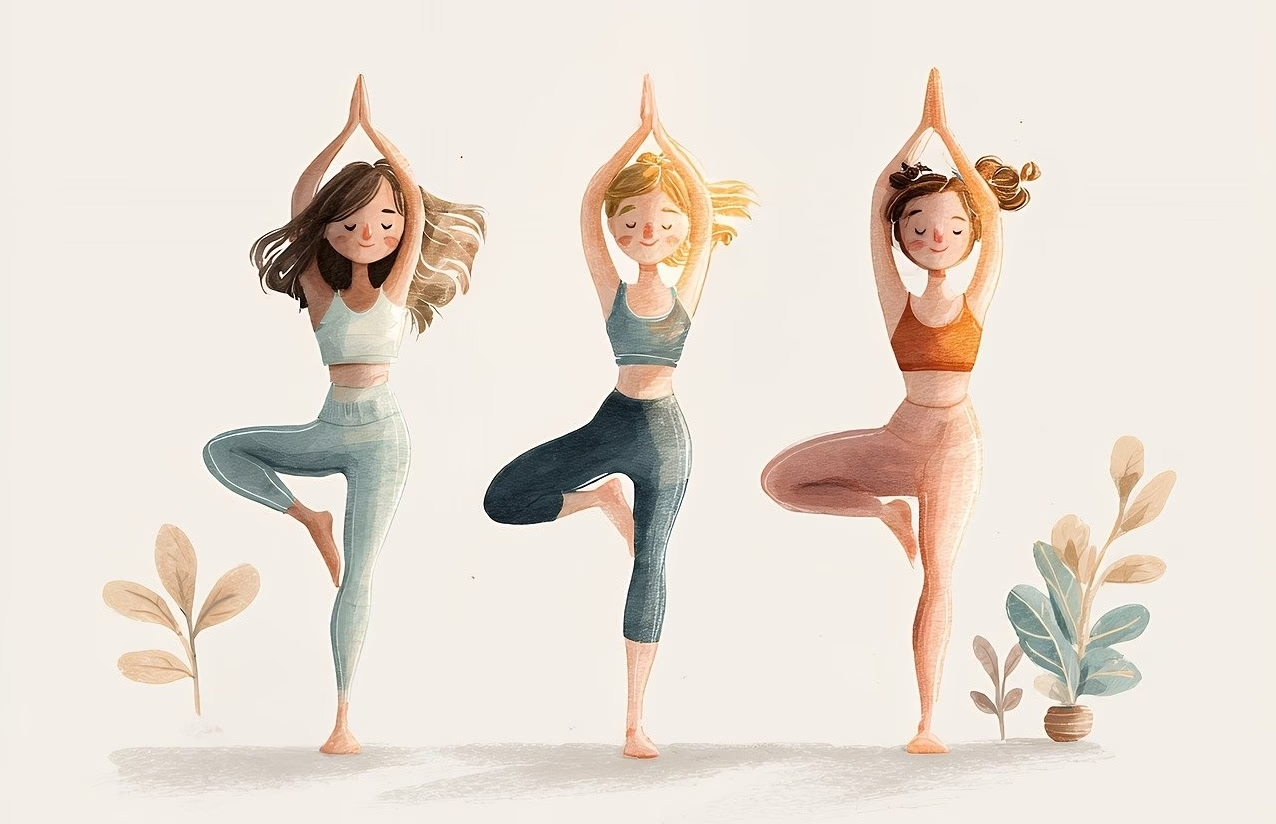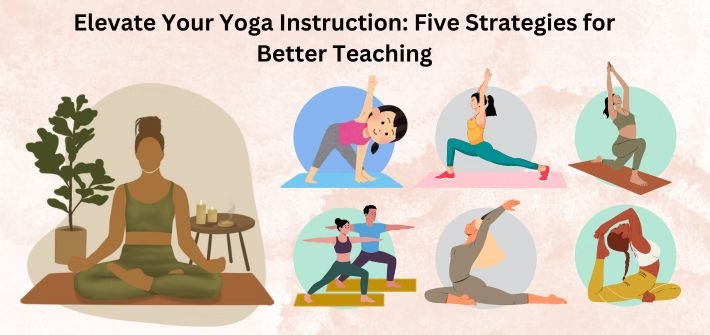Yoga tutoring is an art that involves physical practice, emotional comforting, and internal knowledge. Becoming a good yoga teacher means further than acquiring postures; it means understanding this ancient practice, investing in constant self-enhancement, hearing out the requirements of scholars, and creating a safe space. Five practical ways to enhance your chops as a yoga instructor, starting from shaping your tutoring style to investing in professional content, are as follows:
Deepen Your Knowledge and Practice
The foundation of quality yoga tutoring is solitary practice and continued study. Workshops in continuing education, branch training courses, and the study of different yoga traditions can increase your understanding of alignment, philosophy, and anatomy. Students learn from teachers who have authenticity and authority in their own bodies. Solitary practice also allows instructors to witness firsthand difficulties, so they can guide clients through these challenges with safety and compassion. Regular meditation and mindfulness practice, along with mental health improvement, also enhance attention and emotional intelligence, necessary to produce a peaceful and productive class atmosphere.
Master the Online Class Experience
As virtual yoga gains popularity, online instruction becomes a vital skill. Instructors must modify their method to fit the virtual setting, employing clear verbal cues and camera-friendly demonstrations. Good lighting, audio, and a stable internet connection enhance learning. Enabling interactive elements, such as live commentary or breakout rooms, engages participants and keeps them connected. Cyber teaching also requires sensitivity to the limitations of students without physical changes, using verbal correction that is true and nourishing. Through proficiency in cyberspace, instructors can address more people while maintaining high levels of instruction at a distance.

Invest in Comprehensive Protection
Instructing yoga involves innate physical and professional dangers. Accidents or misunderstandings can even occur with experienced students, and therefore, precautions become necessary. One practical step is to purchase the best liability insurance for yoga teachers that covers both in-person and online sessions. It also shields against claims of negligence, property damages, or injuries. Other than insurance, having well-defined security measures, waivers, and agreements in your classes also reduces liability. With an emphasis on total protection, educators not only safeguard their profession but also ensure students have confidence in a safe and professional environment to learn.
Refine Communication and Engagement
Face-to-face communication is the backbone of teaching and learning. Proper yoga instructors create a pleasant setting where students are free to experiment with postures and breathing safely. Using straightforward instructions, metaphors, and visual cues makes challenging poses more manageable. Active listening allows instructors to pick up on students’ issues, alter sequences, and provide modifications when needed. Tackling students as individuals, either through congratulating them on improvements or providing corrective feedback, builds the students’ trust and loyalty. A teacher who walks the line between authority and compassion generates an environment in which every learner will feel valued and empowered.
Focus on Professional Development and Feedback
Nonstop growth is needed for long-term success as a yoga teacher. Seeking mentorship from educated preceptors, peer feedback, and asking students for commentary gives formative evaluation of tutoring chops. Professional growth also entails knowing trends, integrating probative styles, and exploring interdisciplinary practices like antenatal yoga or yoga remedy. Tracking enhancement over time enables identification of strengths and areas of weakness and facilitates self-mindfulness and rigidity. Through embracing feedback and changing techniques, instructors not only polish their art but also elevate the total experience for all the clients.
In summary, being a better yoga teacher isn’t about learning routine; it’s about fidelity to self-growth, professional defense, and pupil relationship. Adding your education, guarding yourself with insurance, getting professed in tutoring online classes, perfecting communication, and embracing feedback are all critical strategies. By these five approaches, yoga instructors can hone moxie, establish trust, and produce life-changing experiences for learners while sustaining a fulfilling and sustainable tutoring practice.

